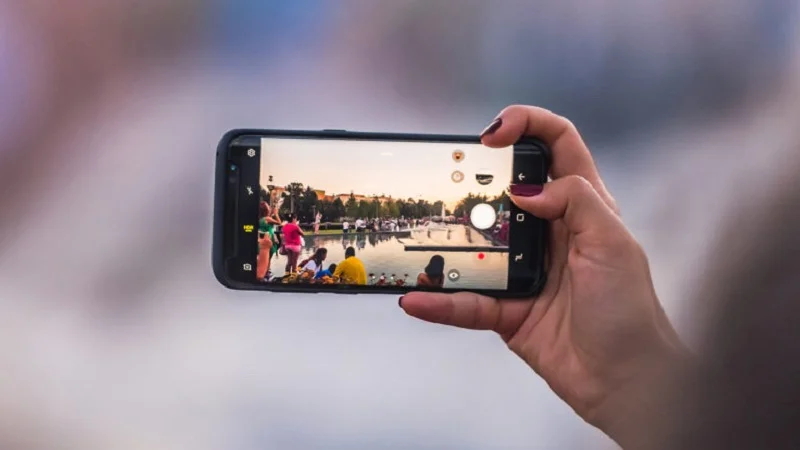Smartphones with 50-megapixel main cameras are expected to go mainstream in 2022 as production costs for sensors decrease, according to Counterpoint Research.
The share of smartphones with a 50MP camera sensor is expected to surge to 9.7 percent in the first quarter of 2022, from 5.6 percent in the fourth quarter of 2021 and a 2.3 percent in the third quarter, a survey by the consultancy has shown.
Manufacturers such as South Korea’s Samsung Electronics and SK Hynix, and China’s SmartSens are ramping up production of the component, and this is expected to create stronger competition that will lead to lower prices, the Hong Kong-based research company said. This will allow the higher-resolution cameras to be made available in cheaper devices.
“Additionally, there is an emerging trend of original equipment manufacturers (OEMs) strengthening the ultra-wide camera performance by increasing the resolution to 50MP to deliver superior landscape shooting,” Alicia Gong, a research associate at Counterpoint Research, said in the report.
Higher pixel counts had been associated with premium smartphones in the past. However, lower production costs prices for these sensors have allowed OEMs to offer them in cameras used in mid-range and even entry-level devices.
Smartphones with 50MP sensors have been shown to produce better-quality photos, said technology benchmarking site DxOMark.
Read More:
Overseas to get easy way of imported phones’ registration
realme emerges fastest growing 5G smartphone brand globally
Currently, seven out of the 11 devices on DxOMark’s list of the top smartphones for cameras have a 50MP sensor: the Honor Magic 4 Ultimate, Huawei P50 Pro, Xiaomi Mi 11 Ultra, Huawei Mate 40 Pro and Pro+, Google Pixel 6 Pro and Vivo X70 Pro.
The main sensors of the Asus Smartphone for Snapdragon Insiders and the Xiaomi Mi 10 Ultra are 64MP and 48MP, respectively, while the Apple iPhone 13 Pro and Pro Max have the lowest sensor values at 12MP, the list shows.
Meanwhile, Samsung has been using a 108MP sensor in its Galaxy S20 device since 2020. In September 2020, it announced the development of the Isocell HP1, which offers a 200MP resolution.
The Isocell HP1 is expected to make its debut in the Motorola Frontier this year and is on track to be used by Xiaomi in the second half of 2022 and by Samsung in its Galaxy S23 series next year.
Huawei Technologies was the first manufacturer to introduce a smartphone with a 50MP image sensor with its P40 series in 2020, using Sony’s IMX700 lens.
Samsung soon released its own 50MP sensor, followed by its S5KJN1 lens model that entered mass production in 2021. This led to a double-digit drop in prices of 50MP sensors last year.
As a result, more mid-range devices began adopting the sensors, pushing up the share of 50MP lenses in the $400-$599 price segment to 11.7 percent in the fourth quarter of 2021, from 4.2 percent in the second quarter, Counterpoint said.


